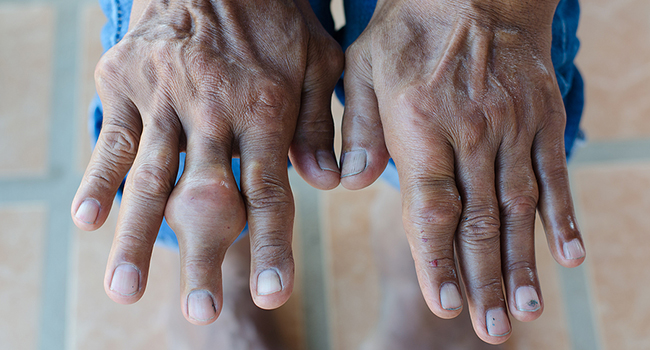
Gout, a type of arthritis caused by high levels of uric acid in the blood, can be a painful condition that affects the joints, particularly in the feet. However, a clinical trial has shown promising results in reducing uric acid levels and managing gout symptoms with a medication called tigulixostat.
Clinical Trial
The trial, conducted at multiple medical centers, involved gout patients with high uric acid levels. It was a 12-week trial where participants were randomly assigned to receive either tigulixostat or a placebo (an inactive substance). The aim was to assess the safety and effectiveness of tigulixostat in lowering uric acid levels in these patients.
Findings
The results from the trial were encouraging. A significantly greater number of patients who took tigulixostat achieved the target uric acid level of less than 5.0 mg/dl compared to those who received the placebo. Specifically, 47.1%, 44.7%, and 62.2% of patients in the tigulixostat groups achieved this target, while only 2.9% of patients in the placebo group did.
Moreover, the trial found that tigulixostat led to a substantial reduction in uric acid levels from baseline, with reductions ranging from 38.8% to 61.8%. This reduction was observed consistently across all doses of tigulixostat tested.
One concern with treating gout is the risk of gout flares, which are sudden and severe attacks of pain, redness, and swelling in the joints. However, the trial showed that the rate of gout flares requiring additional treatment was similar between the tigulixostat groups and the placebo group, ranging from 9.4% to 13.2%.
